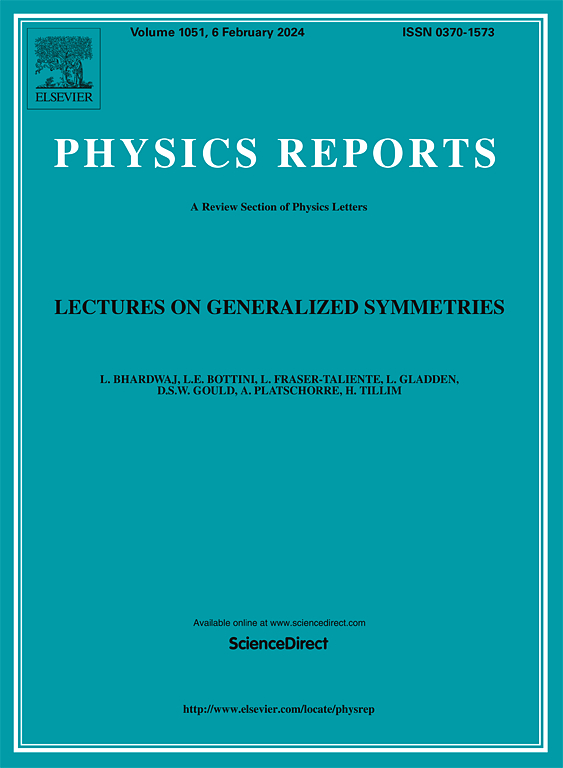远程探测光学磁强计
IF 29.5
1区 物理与天体物理
Q1 PHYSICS, MULTIDISCIPLINARY
引用次数: 0
摘要
灵敏磁力计已被广泛应用于地球物理勘探、生物磁场探测、超低场核磁共振等研究领域。通常,磁强计直接放置在需要测量磁场的位置。然而,在某些情况下,例如在近太空或恶劣环境中,在核反应堆或粒子加速器附近,很难将磁力计直接放置在那里。如果可以远程检测磁场,即通过隔离检测,这个问题就可以得到解决。由于光学磁强计是基于光学读出的,因此自然有望实现远程检测。我们回顾了多年来提出和发展的各种光学远程磁强计方法,包括利用激光导星测量中间层磁场的最新成果、采用无镜激光读出的磁强计,以及卫星辅助探测大气钠的建议。本文章由计算机程序翻译,如有差异,请以英文原文为准。
Remote detection optical magnetometry
Sensitive magnetometers have been applied in a wide range of research fields, including geophysical exploration, bio-magnetic field detection, ultralow-field nuclear magnetic resonance, etc. Commonly, magnetometers are directly placed at the position where the magnetic field is to be measured. However, in some situations, for example in near space or harsh environments, near nuclear reactors or particle accelerators, it is hard to place a magnetometer directly there. If the magnetic field can be detected remotely, i.e., via stand-off detection, this problem can be solved. As optical magnetometers are based on optical readout, they are naturally promising for stand-off detection. We review various approaches to optical stand-off magnetometry proposed and developed over the years, culminating in recent results on measuring magnetic fields in the mesosphere using laser guide stars, magnetometry with mirrorless-lasing readout, and proposals for satellite-assisted interrogation of atmospheric sodium.
求助全文
通过发布文献求助,成功后即可免费获取论文全文。
去求助
来源期刊

Physics Reports
物理-物理:综合
CiteScore
56.10
自引率
0.70%
发文量
102
审稿时长
9.1 weeks
期刊介绍:
Physics Reports keeps the active physicist up-to-date on developments in a wide range of topics by publishing timely reviews which are more extensive than just literature surveys but normally less than a full monograph. Each report deals with one specific subject and is generally published in a separate volume. These reviews are specialist in nature but contain enough introductory material to make the main points intelligible to a non-specialist. The reader will not only be able to distinguish important developments and trends in physics but will also find a sufficient number of references to the original literature.
 求助内容:
求助内容: 应助结果提醒方式:
应助结果提醒方式:


